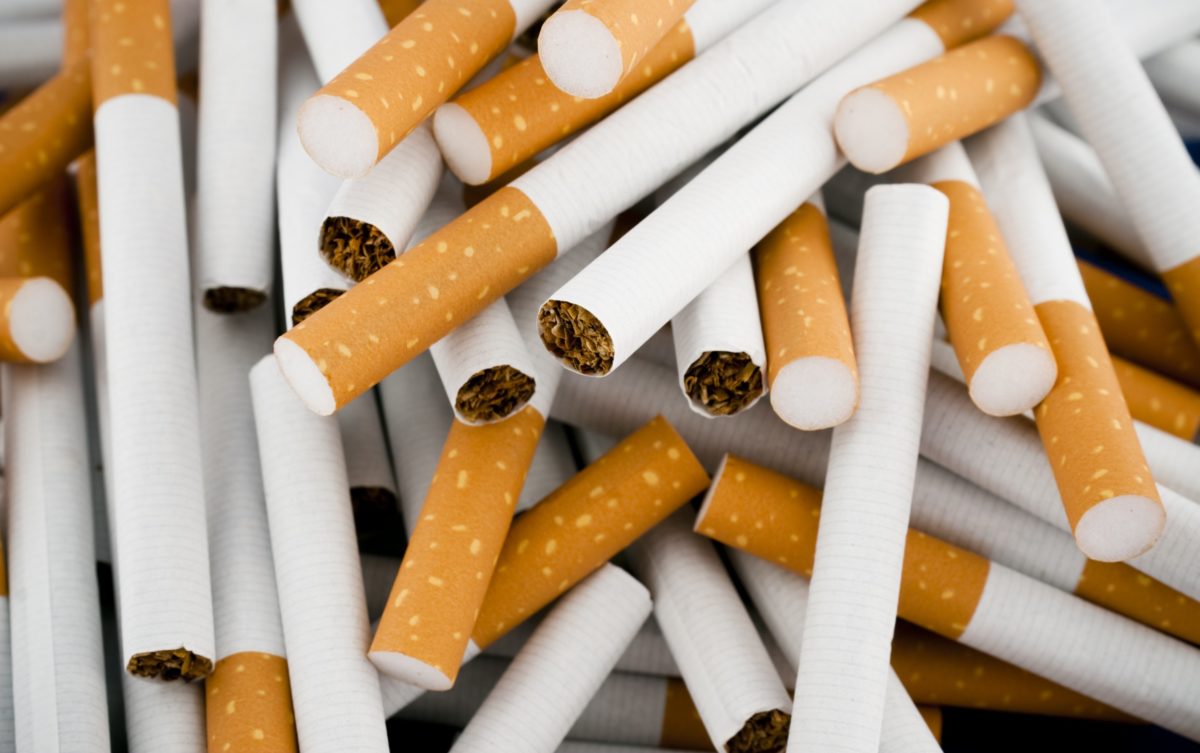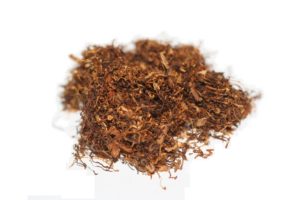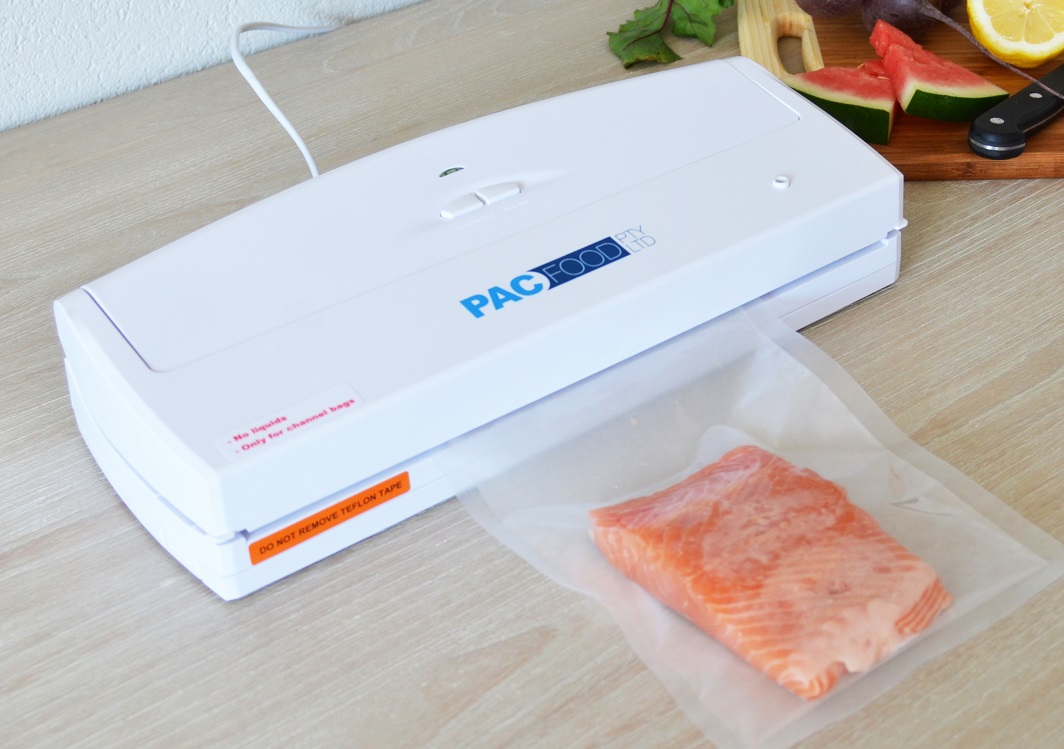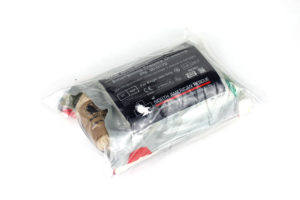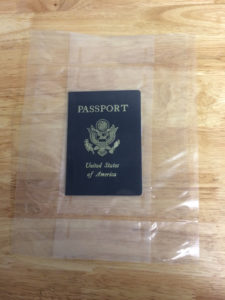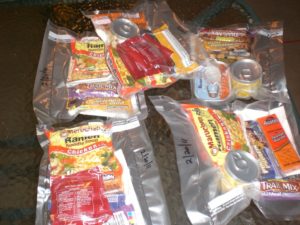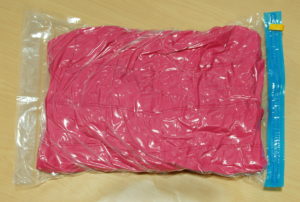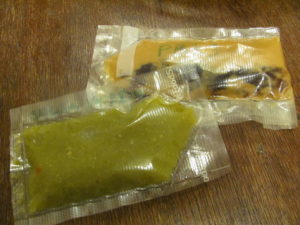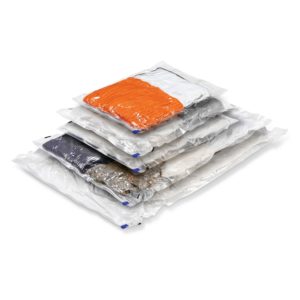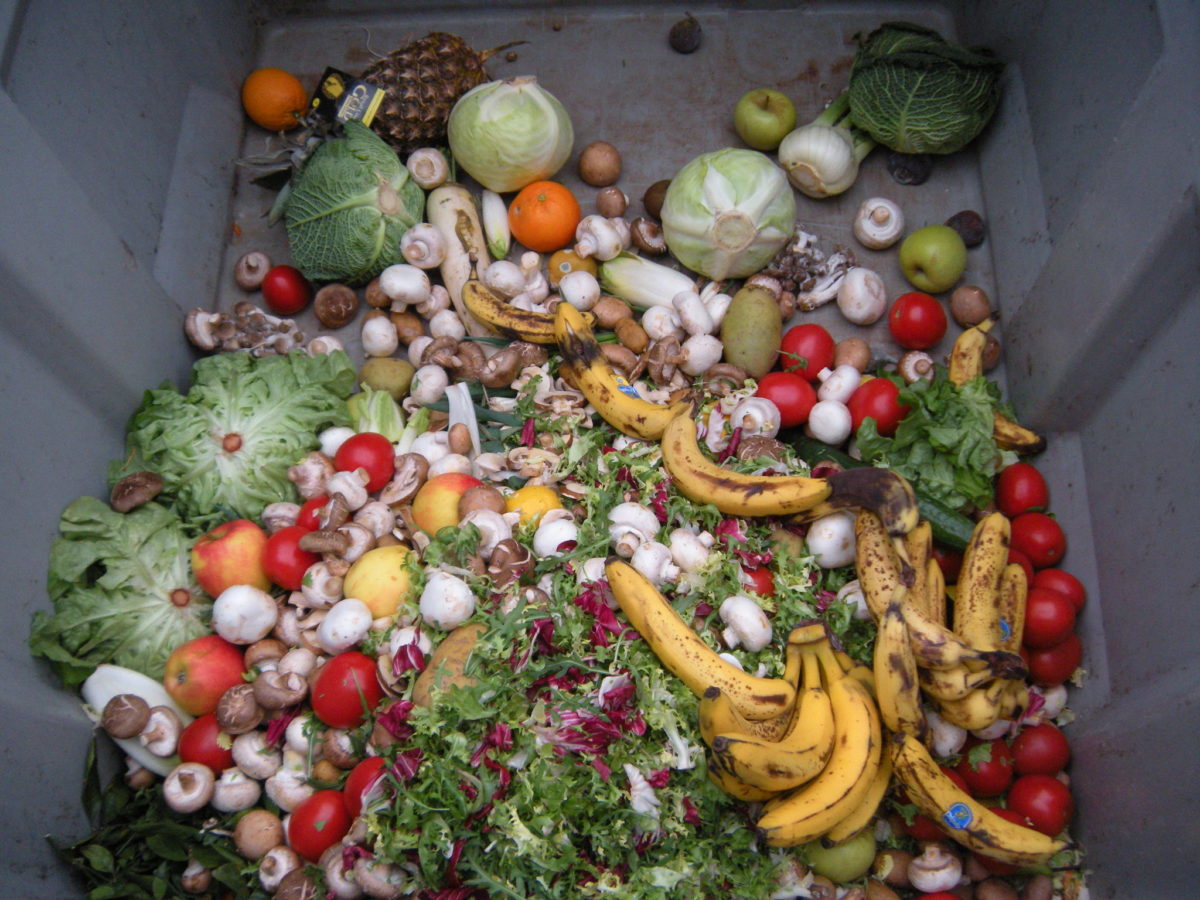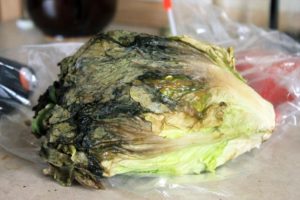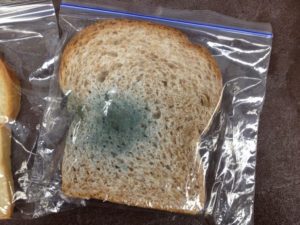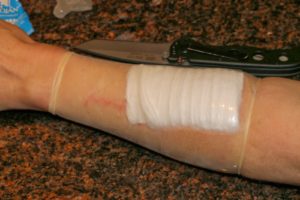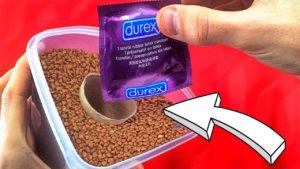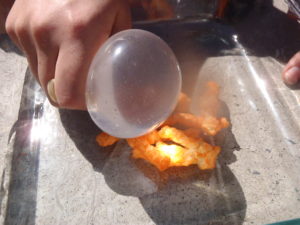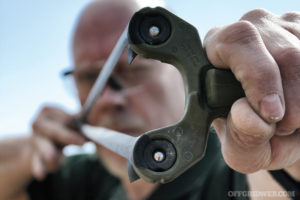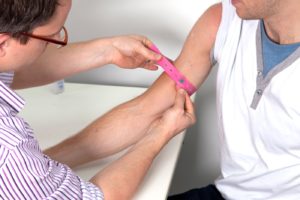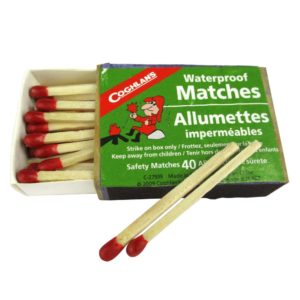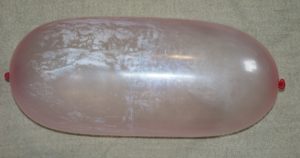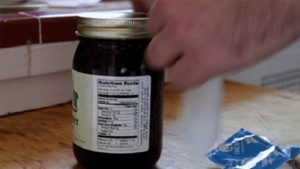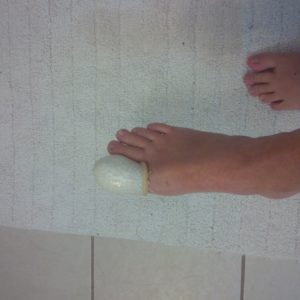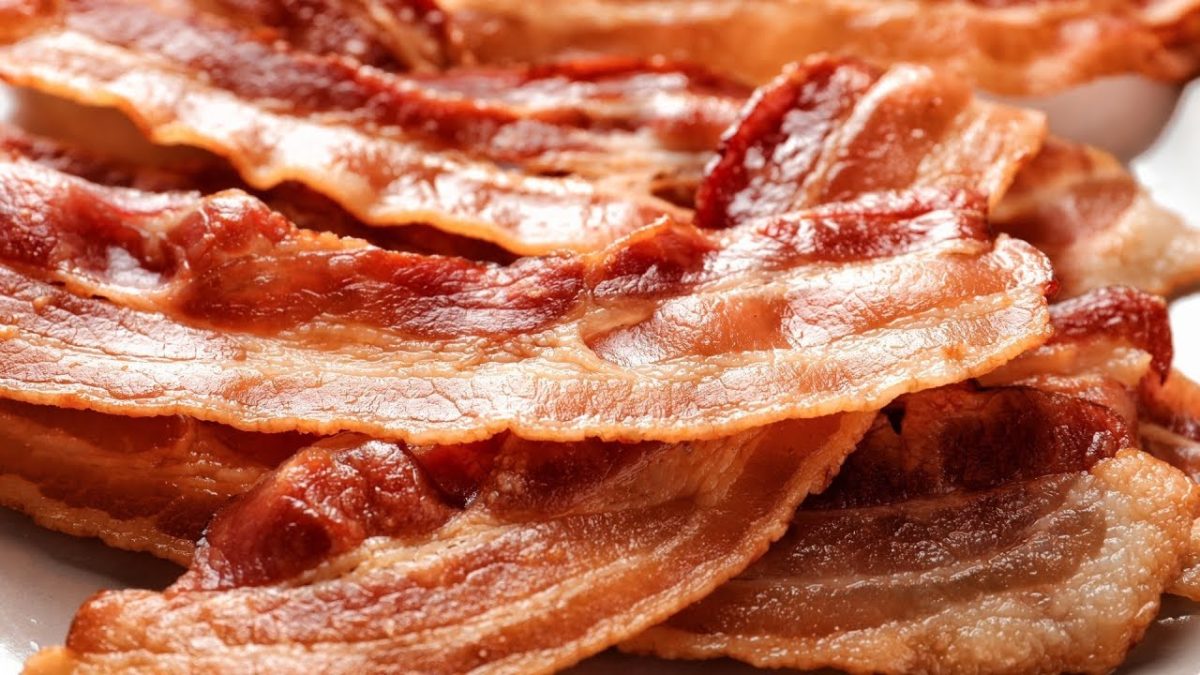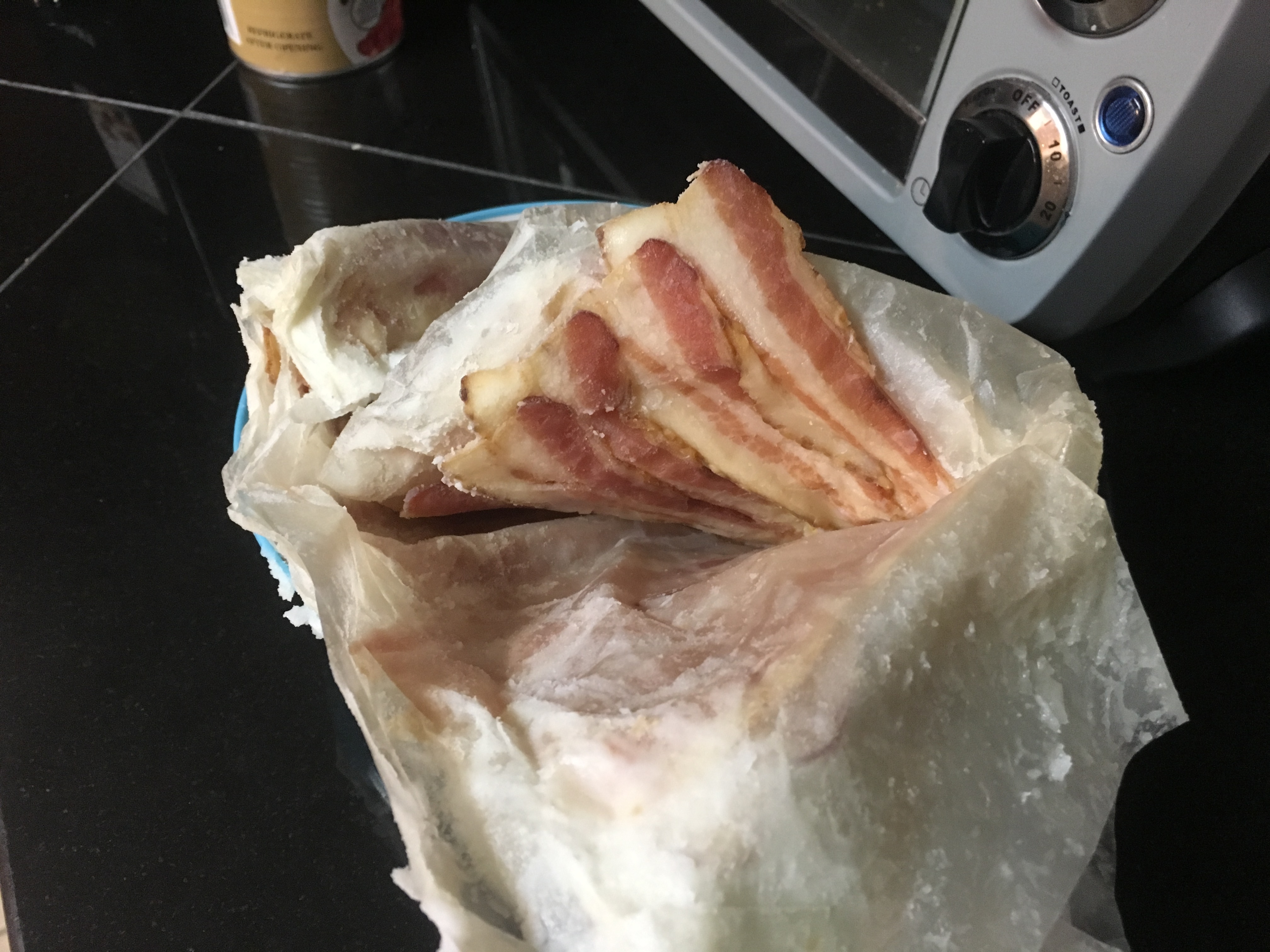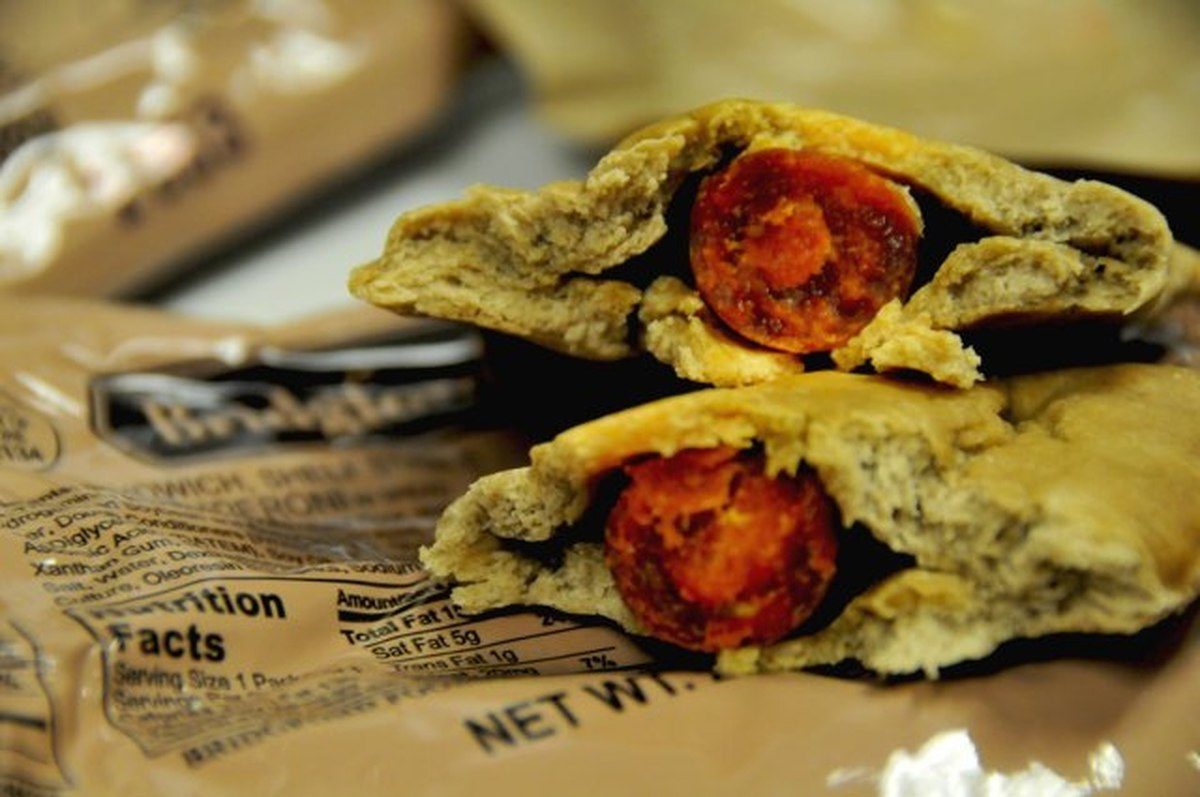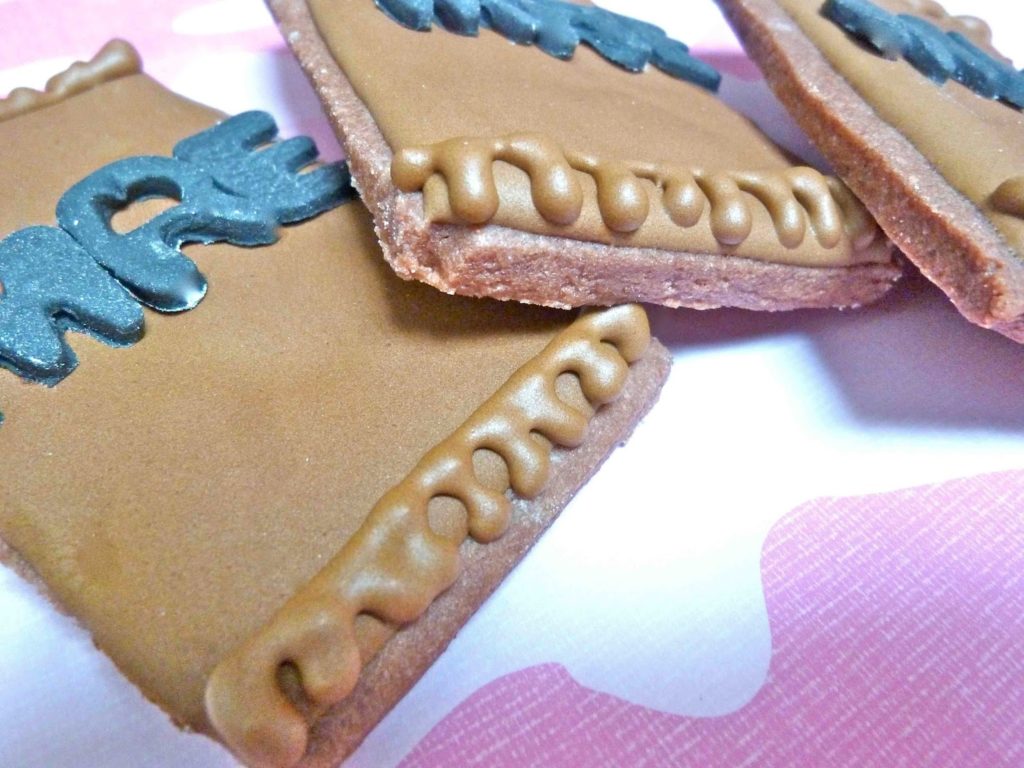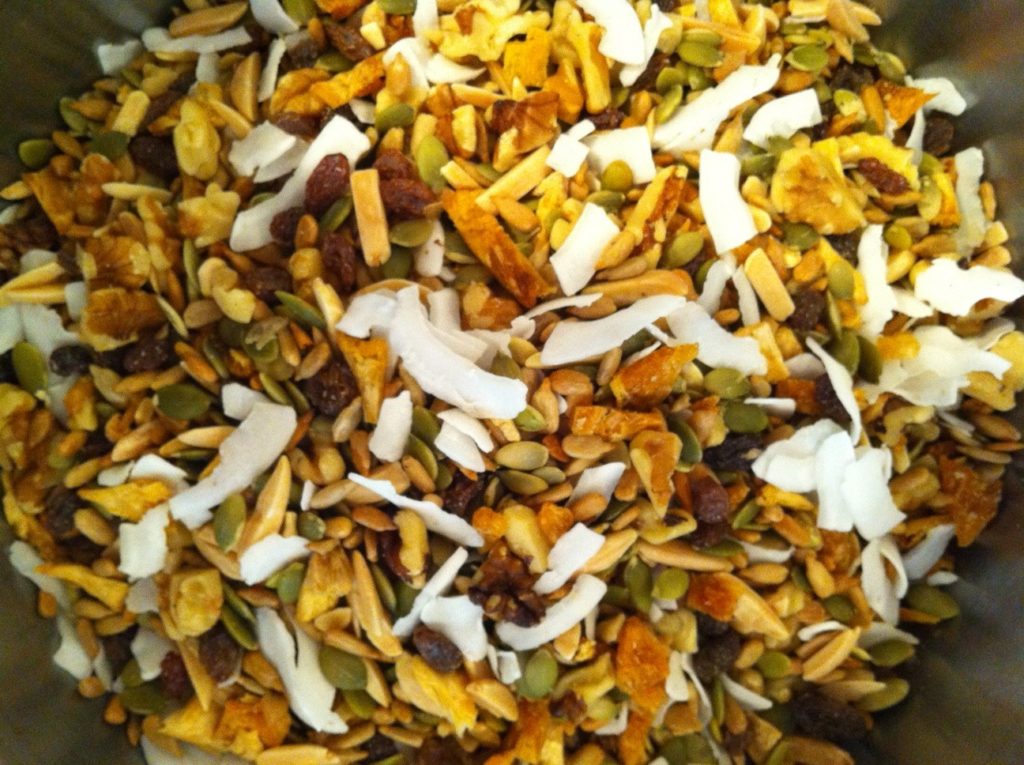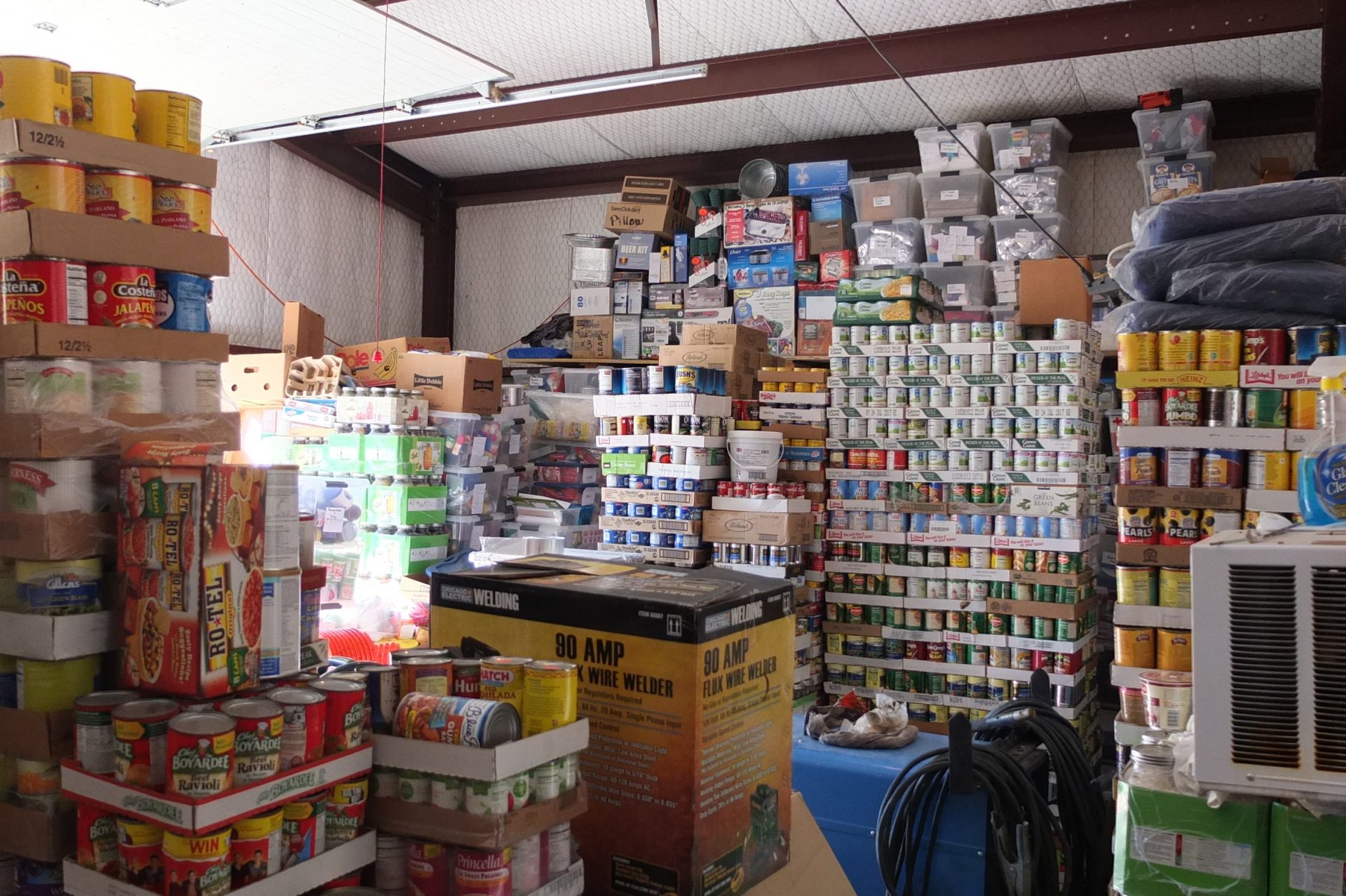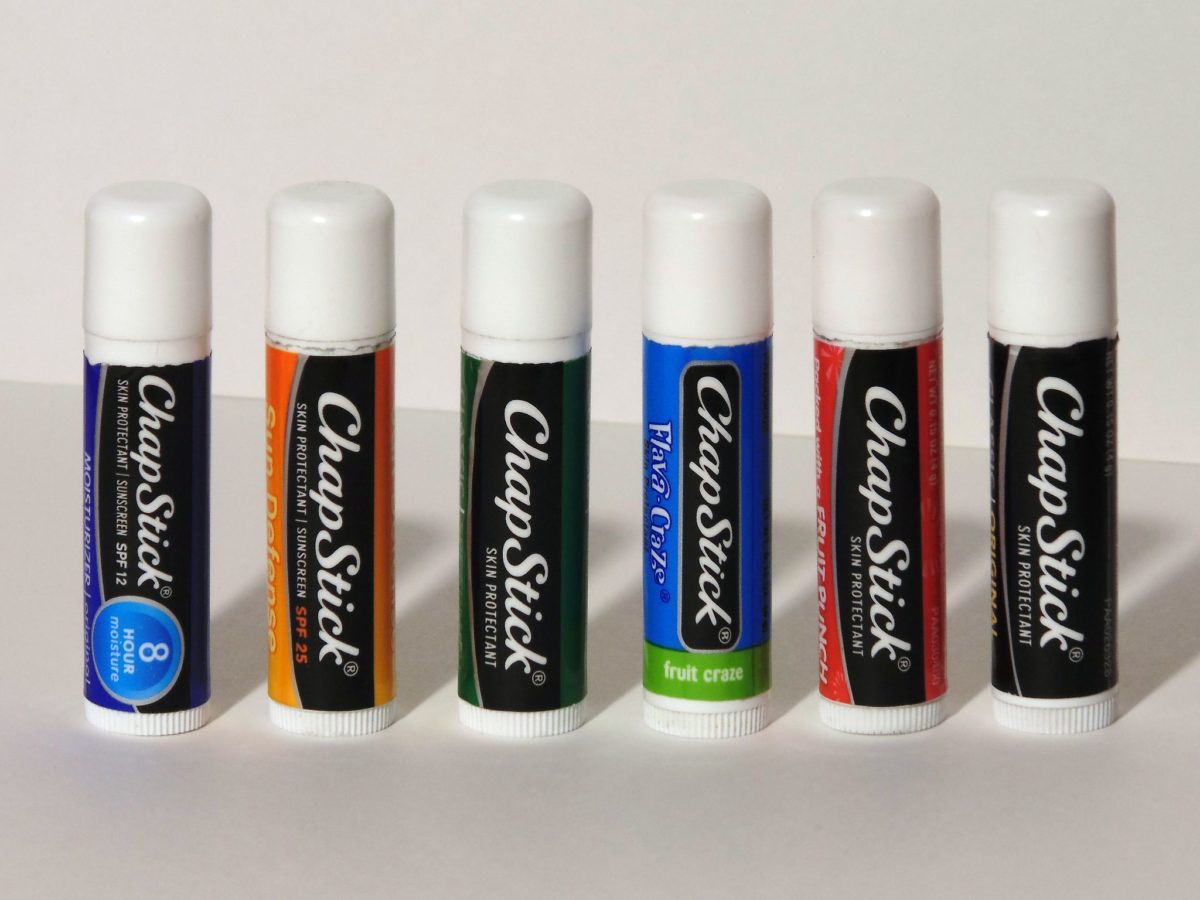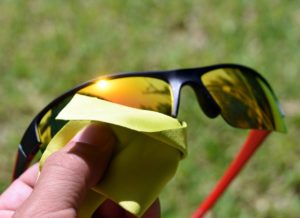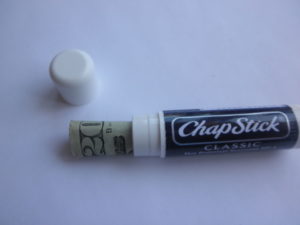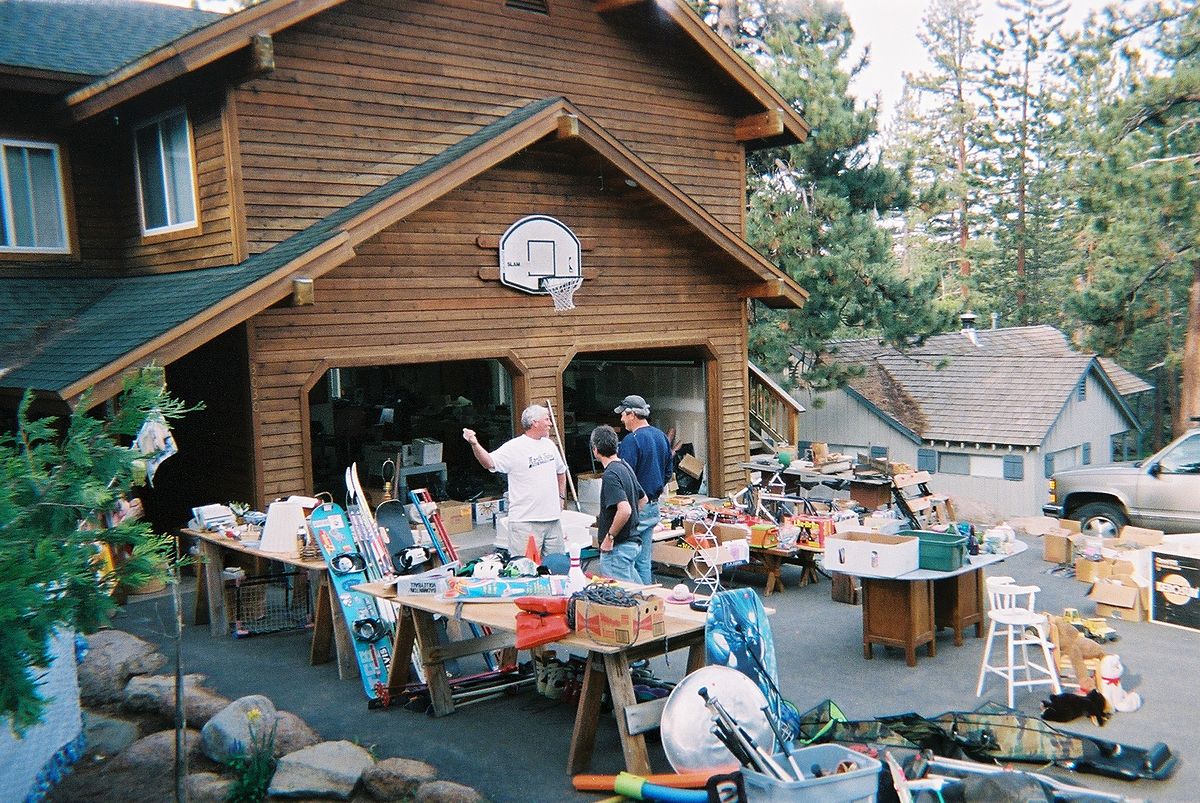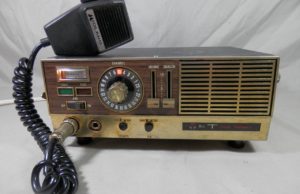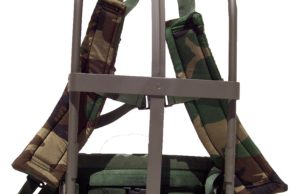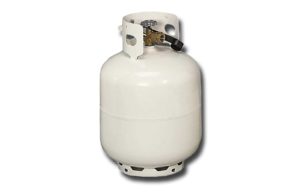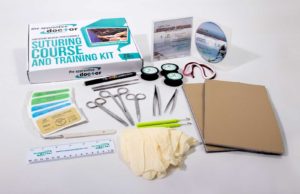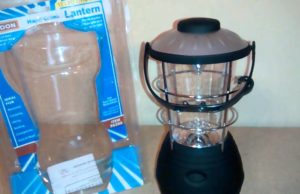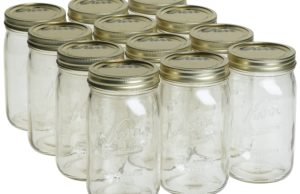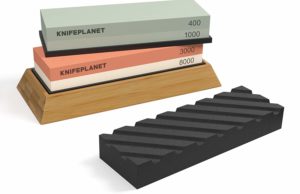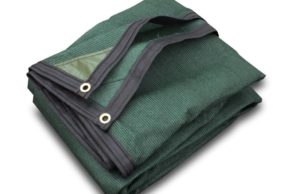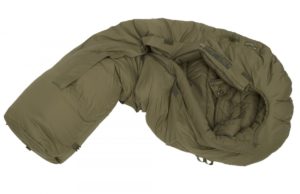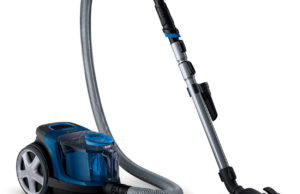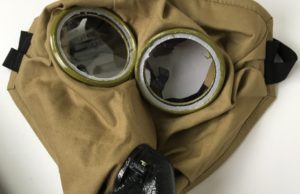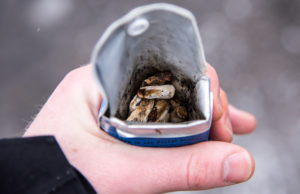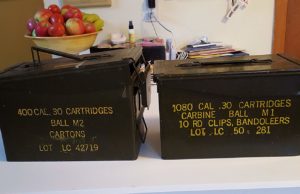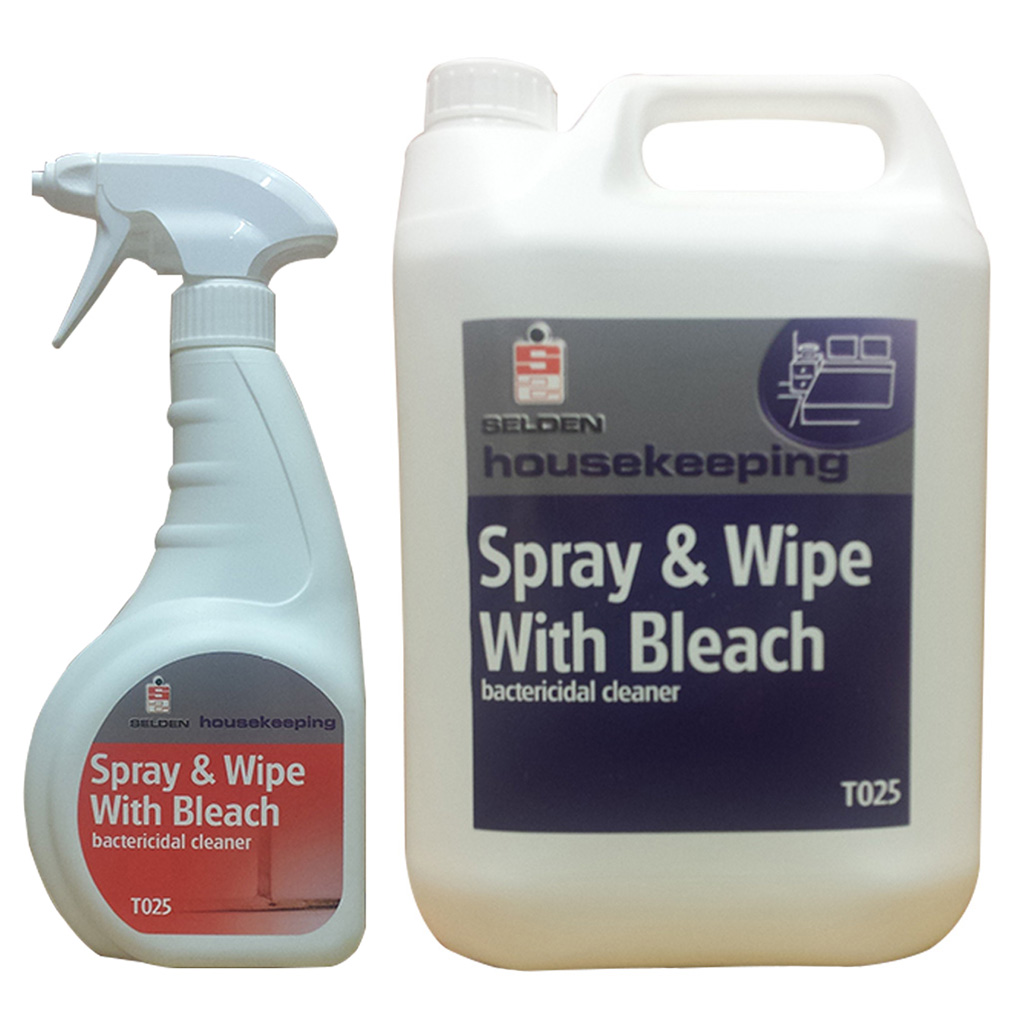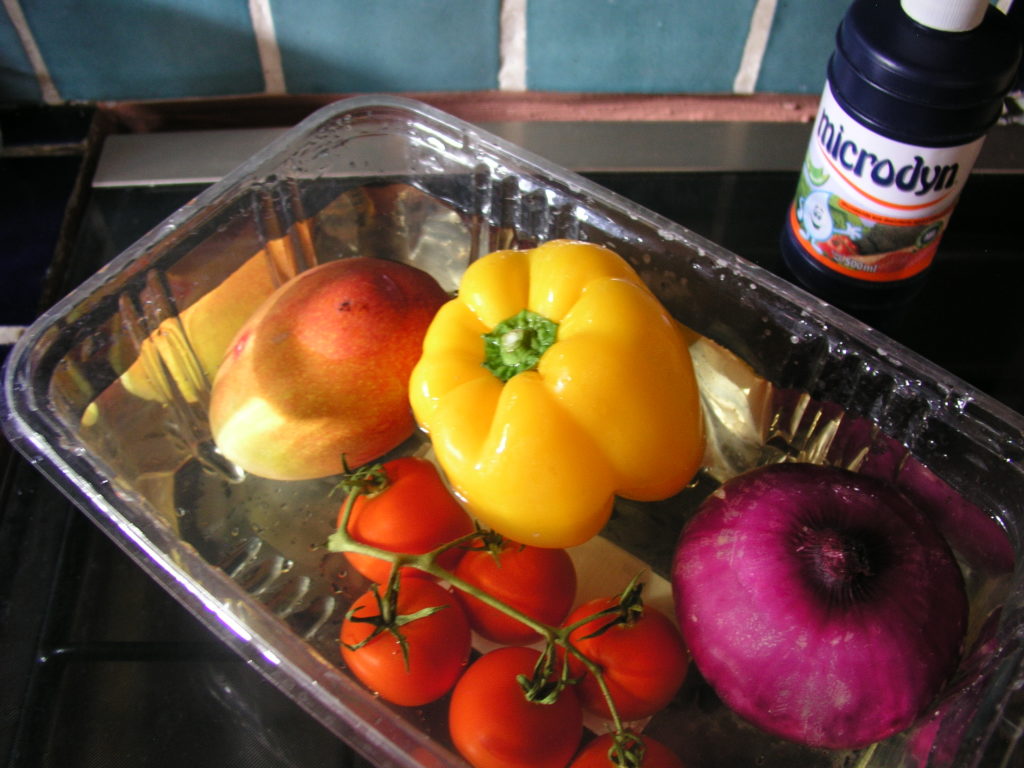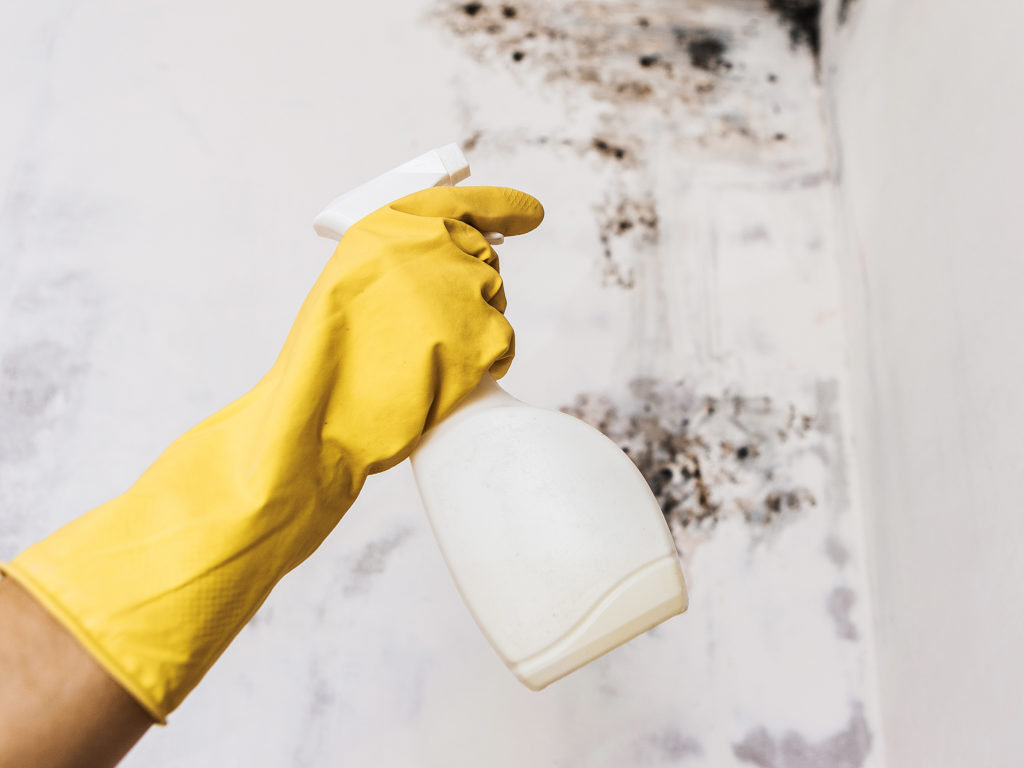The Survivalist’s Guide to Using Cigarettes in SHTF
As much as I hate doing this, I have to agree with the docs on smoking. I don’t really need to remind you just how unhealthy tobacco is – social media’s a pretty good job informing people on the dangers of chain-smoking, nicotine addiction, and all that crap. I find myself in an unusual position – although I have been smoking since 19 and yes, I’m one of those people who really enjoys having a cigarette after a good meal, I still remind others about how bad smoking is.
Anyway, maybe I’m a bit of hypocrite when it comes to smokes, but let’s leave it at that. In today’s article, I’m going to show you 8 unusual ways of using tobacco and cigarettes in a shit hits the fan situation. Should you smoke? That’s a big nope. Should you stock up on cigs? Most definitely! So, without further ado, here’s how to use those coffin nails in the field.
Trading
Remember those movies about gold-diggers using cigs and jeans for bartering? Well, in some parts of the world, and not to mention places like prisons or whatever, cigs are still being used for trading. Doesn’t matter if you smoke or not.
If someone has something you want and that person enjoys a good cig, then you’ve got yourself the best bargaining chip. Just be sure to stock up on the good stuff, not that cheap contraband crap. It would also be a good idea to stockpile some rolling tobacco as well.
Starting a fire
Well, if a cigarette’s destiny was to end up in flames then, by all means, let’s oblige. If run out of tinder, char cloth or steel wool, you can always use a cigarette tube to start the fire. Don’t throw away that tobacco. You may need it later.
Wound management
To increase clotting rate, light up a cigarette, and sprinkle some fresh ash over the wound. Yes, I know that it sounds like an open invitation to infection, but it actually allows the wound to close faster. Of course, you can always use a lit cig to cauterize the wound in case you don’t have any other means of stopping the bleeding. Just be sure you clean the spot and flush with a saline solution afterward.
Now, in case you have to deal with a more severe wound, let’s say gunshot or stabbing wound to the lung, you may be able to stop the bleeding by using the packet’s plastic wrap. Tape that thing over the wound and roll over. That makeshift wound plugger will stop the bleeding and, at the same time, will prevent blood from filling up your lungs.
Get rid of a tooth pain
I don’t think there’s anything worse than tooth pain. Throughout my life, I had to deal with broken bones, scrapes, bruises, nicks, and everything in between. But nothing compares to that pulsating pain you feel when you have a tooth infection.
If you’re in the field with no pain meds, break open a cigarette, take a little bit of tobacco and rub it against the hurting tooth. The pain will go away in a couple of minutes since tobacco has minor anesthetic properties. It can also be used as an antiseptic.
Get rid of intestinal parasites
In a previous article, I’ve shown you a couple of ways to get rid of intestinal parasites such as giardia, hookworms, and roundworm. You may want to add another anti-parasitic med to that list of yours: tobacco.
You know the saying: what doesn’t kill you, makes you stronger and also kills tummy worms. So, if you’re experiencing intestinal parasites symptom, here’s what you will need to do. Get the tobacco out of two cigarettes and eat it. Just like that! Drink plenty of water as the tobacco is sure to leave a nasty aftertaste. To ensure that the stuff killed all those disgusting worms wriggling in your tummy, repeat the procedure after 48 hours.
Removing nasty stuff from your water
In a survival-type situation, water is vital. However, that doesn’t mean you can drink water from any muddy puddles and springs you come across. If you run out of water purification tablets, you can use cigarette filters in order to make water safer for drinking. Here’s what you will need to do. Search your bug out bag for straw or any tube-like implement.
Remove two cigarette filters and shove them in the tube. Place your water filtration implement above a clean canteen and start pouring water. The water will slowly trickle into that container of yours. This system works more or less the same as the charcoal & pebble filtration system. That’s because most manufacturers place trace amounts of charcoal inside the filter tips.
Keeping the insects at bay
Camping would indeed be charming if not for mosquitos and other creepy things that sting at night. If you’re all of the insect repellent, you can make your own by using a pack of cigarettes. To do that, get all the tobacco out of pack and place in a pot.
Add some water and bring the whole thing to a boil. While it’s still hot, pour it in a bucket, and place it outside your sleeping area. I should warn that the smell makes your stomach churn. However, it will keep mosquitos and other crawling things away from your bedroll.
Relieves a stuffy nose
Spring’s is finally here! However, at least for me, it’s not a joyous time on account of my allergies and those damned colds. Well, if you feel like someone has shoved lint up your nose, try this old Native American remedy. Take a handful of rolling tobacco and put it in a pan. Add water and bring the mixture to a boil.
Grab a large bowl from the kitchen and a towel. Remove the pan from the fire and empty its contents in the bowl. Now, get your head over the bowl and cover your head with the towel. The smell may not be nice, but at least those tobacco vapors will relieve your nasal passages.
That’s it for my article on ways to use tobacco and cigarettes in a shit hits the fan situation. What’s your take on this? Hit the comments section and let me know.
As much as I hate doing this, I have to agree with the docs on smoking. I don’t really need to remind you just how unhealthy tobacco is.

